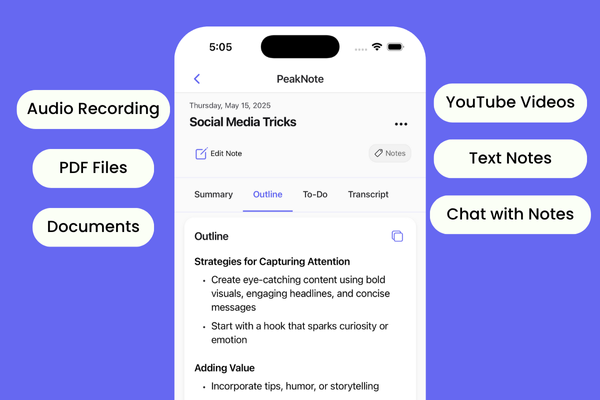Responsive web design is an exercise in designing layouts that automatically adjust to fit the browser window, making any device an optimal way to use your website.
Through this article learn a few ways you can create responsive designs with CSS.
Before you start designing a responsive website, you first need to understand the concept of responsive design. Responsive design is a way of designing websites that adapt to different screen sizes.
This means that the same website can be viewed on devices like phones and tablets, without any modifications being made.
1. Set Container Element
One of the most important factors when creating responsive web designs is understanding how to use the container element.
The container element is used to control the width and height of all the other elements on a page. It can be used to make sure items are automatically resized so they look good on all devices.
There are a few things you need to know when using the container element:
- You need to set its width and height in pixels.
- You need to set its position in the document hierarchy.
- You can use the overflow property to force items to be resized beyond their original size if needed.
Overall, understanding how to use the container element is essential when creating responsive web designs. By using it correctly, you can make sure all your pages look great on all devices, no matter how large or small they are.
2. Use Breakpoints
To create responsive web designs that look beautiful on all screen sizes, you first have to set breakpoints. Breakpoints are points in your design at which the browser will change its layout to account for different screen sizes.
In most cases, you'll want to set a breakpoint at the width of your desktop screen and a second breakpoint at the width of your mobile phone screen.
It's important to remember that not all devices have equal screens. So, you may need to dynamically resize your layout based on the device size.
Once you've set your breakpoints, use CSS to style the content appropriately. For instance, you can make sure text is large enough on small devices and reduced in size on larger screens.
You can also change the font size, color, and other features to match the specific device context.
With responsive web design, you can create an inviting and consistent experience for users of all devices.
You can check this article to learn more about how to use breakpoints
3. Use Media Queries
One common way to make responsive web designs is by using media queries. Media queries allow you to alter the styles for different types of devices, such as mobile devices, tablets, and desktop computers.
To use media queries, first, you will need to create a media type. You can do this by selecting the appropriate device from the menu on your screen or by using the @media rule.
The most common types of media are screen and print. After you have created your media type, you can then use the appropriate rules in your CSS file to change the style of your website according to the type of device being used.
One example of using media queries is to change the size of an element based on the size of the user’s device.
If a user is viewing my website on their mobile phone, I might want to decrease the size of a banner advertisement so it is more visible.
By using a media query, I can easily change the style of my website without having to redesign it from scratch.
Example:
@media (min-width: 768px) and (max-width: 80em) {
body {
background-color: red;
}
}
Check this article to learn more about CSS Media Queries
4. First Design for Mobile
If you want to create responsive web designs, it's important to start by designing for mobile first.
When you design for mobile first, you'll know exactly what needs to be adjusted to make the design responsive. This will help you avoid making changes that might not be necessary or that can actually make the design worse.
5. Utilize Grid System
One of the best ways to create responsive web designs is to use a grid system. A grid system is a way of organizing your HTML and CSS files into specific sizes so that your website will automatically resize when it is viewed on a different device.
To use a grid system, you first need to create a grid layout in your HTML/CSS file. This grid layout will contain various columns and rows, which you will use to size your elements.
Once you have created your grid layout, you can then add the CSS for each element in accordance with the grid.

